When traversing the rolling green hills or dark gloomy caves of Prideful Sloth’s debut title, Yonder: The Cloud Catcher Chronicles, it’s hard to believe that only three people developed the game. The changing seasons, character customization, weather patterns, and diverse landscape depicted are not too far removed from an open world you’d find in AAA titles such as Zelda or Final Fantasy.
This game differentiates itself from the ordinary RPG in that you don’t actually have to fight any monsters or baddies. Instead, you explore the open world of Gemea and release little creatures known as Sprites, who will help you on your way to repairing the Cloud Catcher (hence the title). While exploring, you can fish, collect materials, join guilds to improve your crafting, and adopt livestock for your farm as well as pursuing the main story quests.
But is a glorified walking and farm sim with no combat enough to keep you entertained for many hours like your standard RPG? Absolutely.
You start your journey on a boat to the mysterious island of Gemea. Suddenly, you enter a storm and are spirited away directly to the island, where you arrive at the town of Fairmont with only a compass to point the way. While there, you are given a few tools to help you with the basics of the game, such as a mallet for breaking stone and a scythe for cutting grass.
The world is vast from the first moments of the game, but some areas are blocked off by purple areas known as Murk. These reminded me of the demon gates of Okami — but unlike Okami, there is no combat involved. Instead, you interact with the murk, which requires a certain number of sprites to be cleared up. Sprites are marked by blue glows, and they are usually hiding in rocks or shrines throughout the area.
Critics may say that without puzzles and foes, there’s no risk and therefore no reward for the player — but I would argue that there are few titles that allow you to happily explore without making you rush at some point or giving you a game over. Even falling off a cliff in Yonder just puts you back to the top after you glide down with a multi coloured umbrella until the screen fades to black.
Yonder’s reward comes in taking your time with the game and not rushing to the next puzzle or quest. And personally, I found this enjoyable and relaxing. When I’m playing a big title like Final Fantasy XV, it’s nice to take a break from the combat through fishing or chocobo racing. To me, Yonder is essentially just the side elements you’d find in an RPG — but this works to the game’s advantage, as it taps into the part of your gaming psyche that wants the immersion and relaxation of the fantasy world without the combat.
When compared to similar crafting and farming sims like Stardew Valley or Animal Crossing, the game doesn’t get tedious or repetitive – without that crippling mortgage to pay, there’s no pressure to rush through the world.
It’s when you unlock the farm nearest to Fairmont and obtain more tools that the game really starts to develop, and you spend more time fishing, crafting items and taking care of animals than actually following the story.
Akin to (but much easier than) the settlements in Fallout 4, there are also objectives in each area you visit to keep everyone happy by planting trees, befriending the local wildlife, and clearing the Murk — which happens organically as you traverse your surroundings looking for Sprites and collectibles rather than acting as an irritating side quest.
I certainly adored discovering new animals and adopting them for my farms by offering them food — such as the Groffle (which looks very like a Highland Cattle but with deer antlers), a Squomble (which looks a bit like a beaver), and the cute Sprig Pig (which is essentially a porcine creature with flowers growing all over it). Later in the game you can breed animals, which is pretty much a cuteness overload.
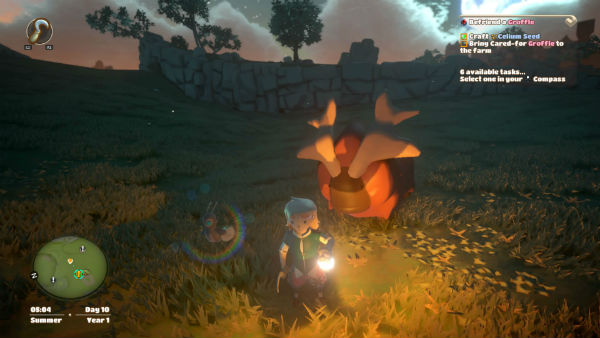
The only major downside to the game is the lack of voice over. Although the squeaks and noises the animals and Sprites made were pretty cutesy and endearing, the strange sounds the human characters made were a bit annoying and repetitive. Admittedly, the team behind Yonder took inspiration from older titles like Ocarina of Time, but I felt that taking away voice acting and going back to text-based dialogue was something best left in past games rather than being preserved as a nostalgic element. Perhaps in an update, voice acting could be done for the main story quests at least.
That said, the musical score is excellent – particularly the haunting vocals in the title screen song. While not quite at Final Fantasy level, it’s certainly a lot better than Animal Crossing.
Another potential drawback is pursuing the story. The story in full clocks in at around seven hours, which is quite short when compared to sprawling RPGs. I did not mind this, as I found the world more compelling than worlds you find in more narrative-driven exploration games, such as Journey.
Additionally, I felt that the core gameplay of Yonder lay in the crafting elements rather than the narrative, which — although not rushed — takes a backseat as you find your bearings.
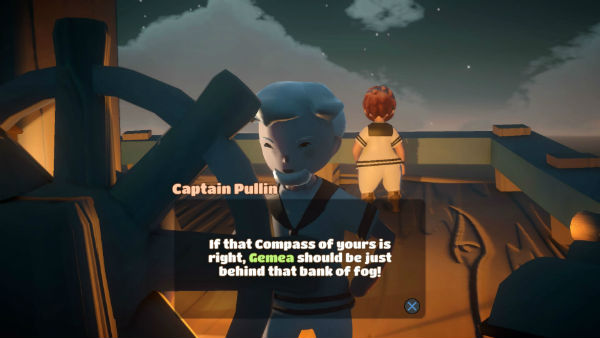
When I was traipsing round in the dark, it was initially very difficult to see where I was going. The game has been patched since I first played it, and nighttime vision seems to have improved in my post-patch version of Yonder.
If you are a fan of farming or exploration simulators with a bit of story, then be sure to pick this up. What Yonder lacks in story and combat it makes up for in a breath-taking world, beautiful mythical creatures and brilliant quests.
[Note: Prideful Sloth provided a copy of Yonder for the purposes of this review.]

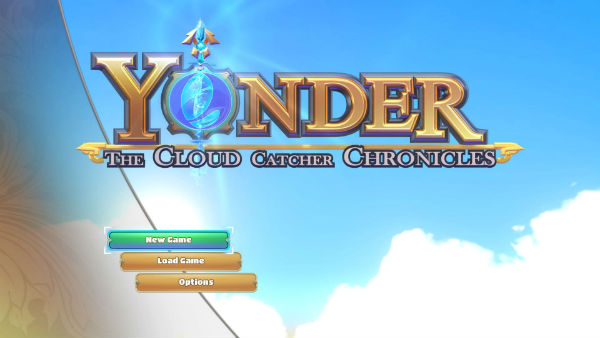
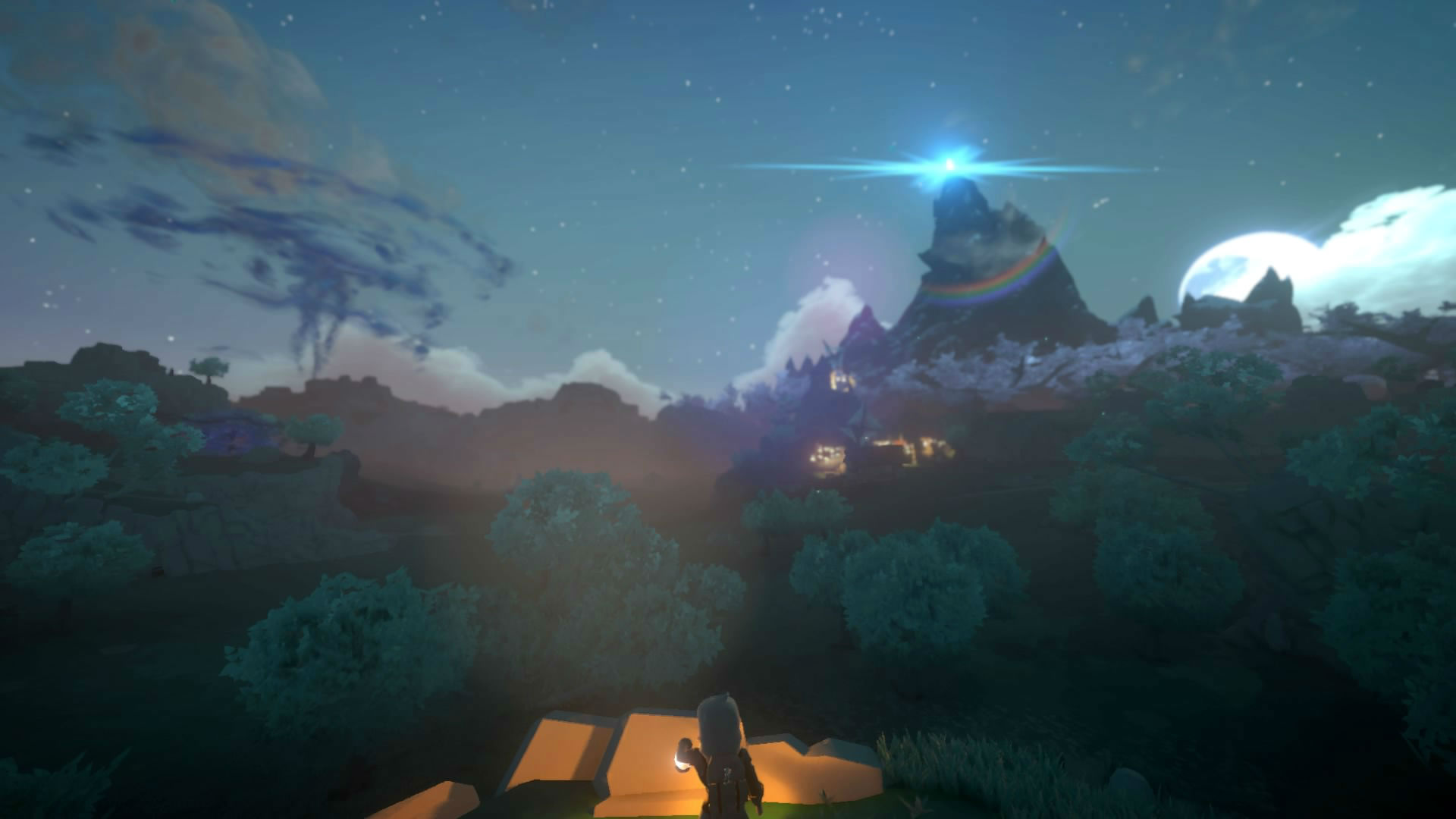
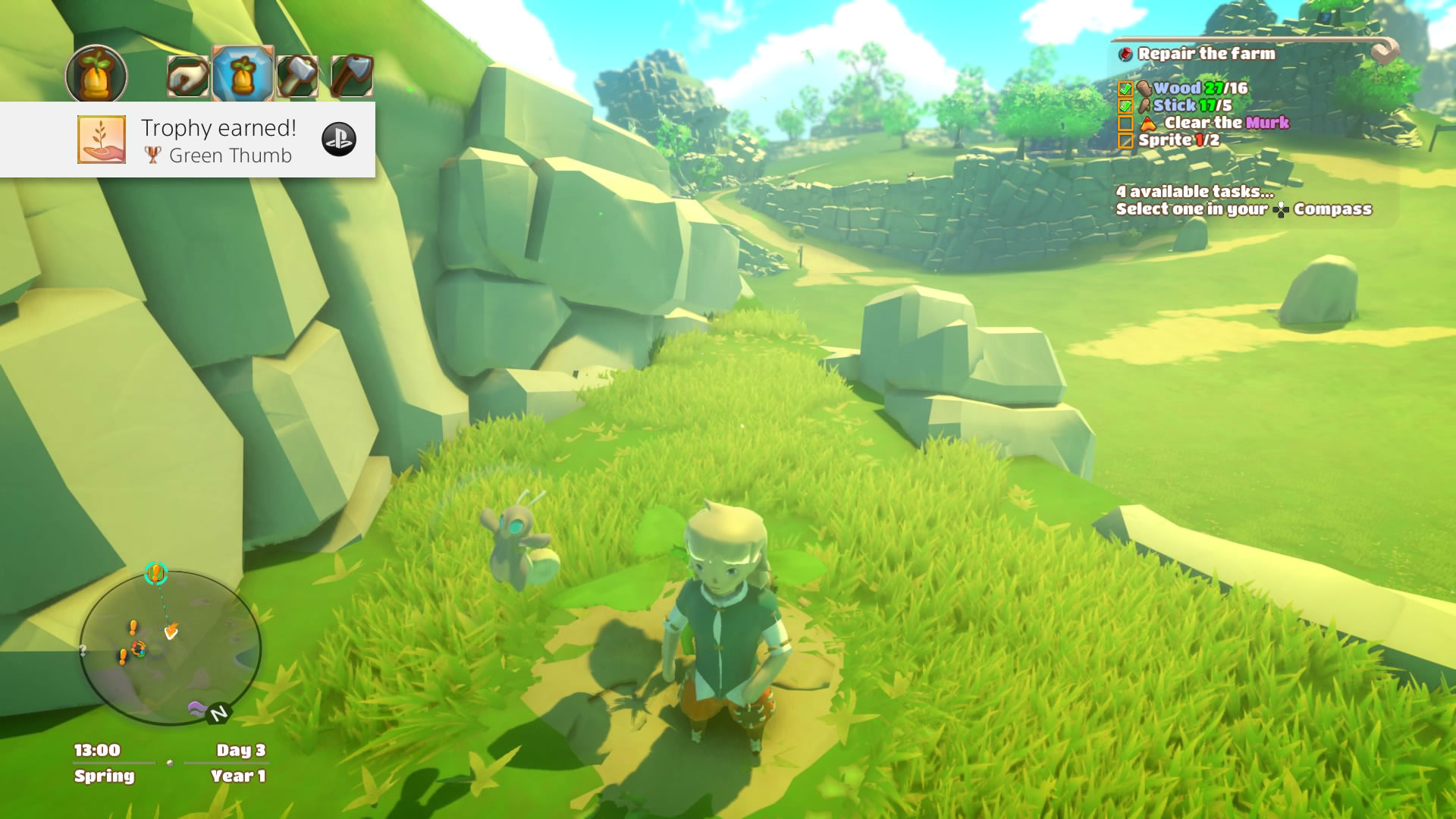





Published: Jul 26, 2017 01:29 pm